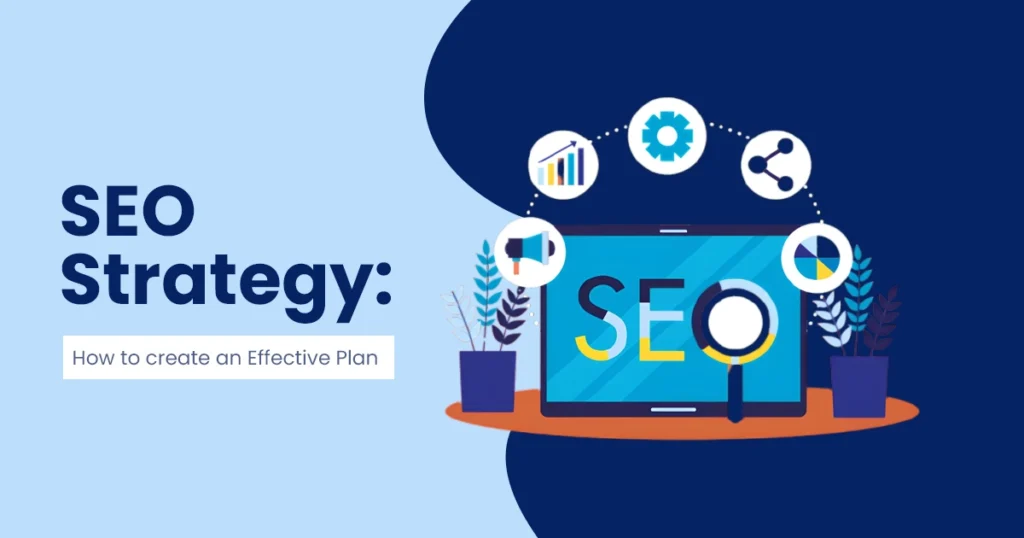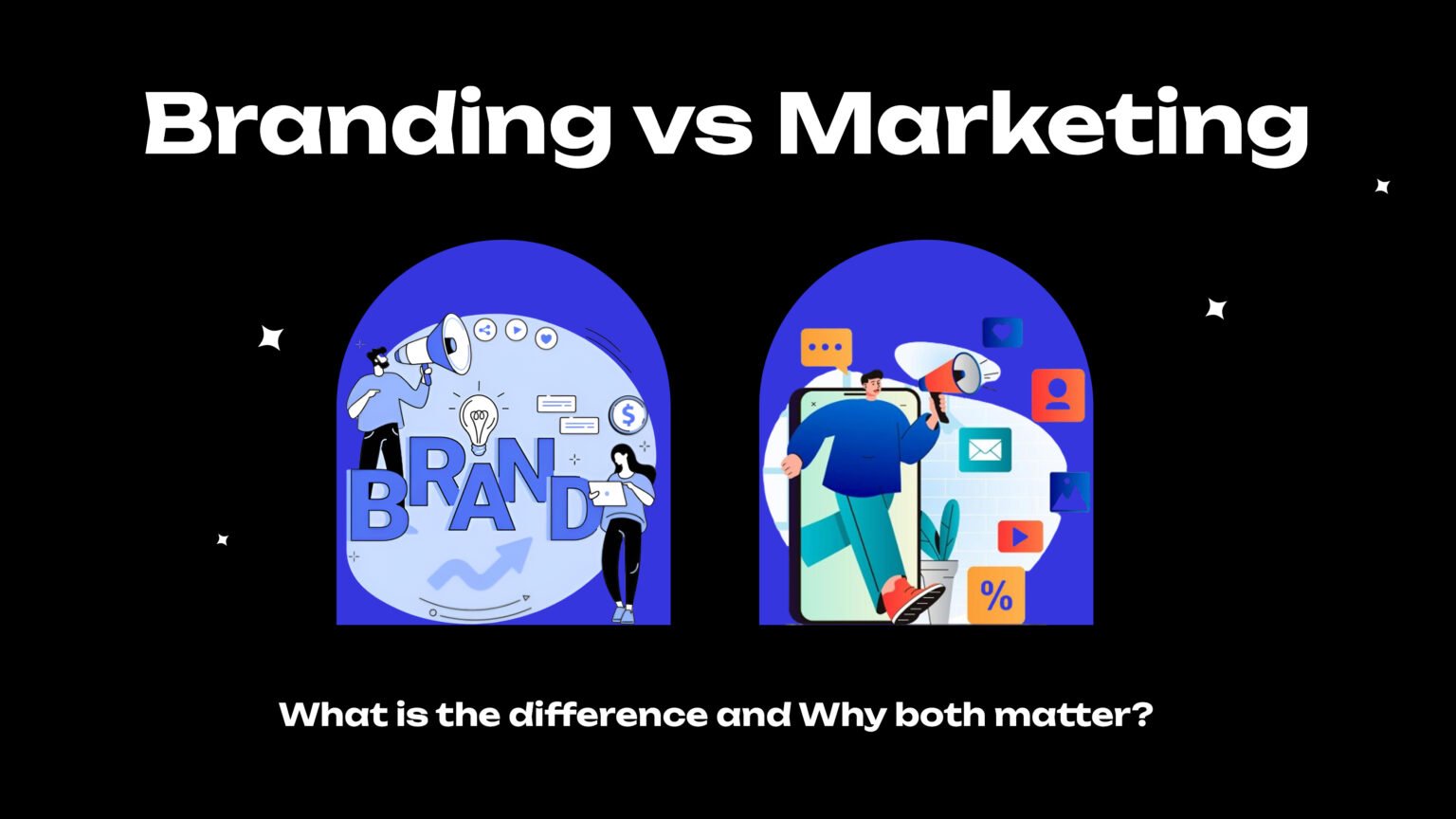In today’s digital landscape, having a strong online presence is not optional—it’s essential. Search Engine Optimization (SEO) is one of the most budget-friendly and long-term methods for generating organic traffic, getting noticed, and establishing your brand. But SEO success isn’t just about using the right keywords. It needs a tailor-made strategy.
In this blog, Emeralds Media takes you through the most important steps in creating a successful SEO plan that delivers long-term results.
1. Define Clear SEO Goals
Begin by determining what you wish to accomplish with SEO. Your targets should complement your business goals. Typical SEO goals include:
- Driving web traffic
- Ranking higher for certain keywords
- Generating more leads or sales
- Boosting local visibility
- Lowering bounce rates
Having quantifiable, clear goals allows you to chart and monitor performance over a period of time.
2. Know Your Target Audience
Any successful SEO campaign starts with understanding your audience, what they’re searching for, and the way they act online. Consider the following:
- What do they want to solve?
- What keywords or phrases do they search using Google?
- What type of content do they read?
Utilize the likes of Google Analytics, Google Search Console, and SurferSEO to examine your existing audience and bring opportunities to light.
3. Keyword Research
Keyword research is the foundation of SEO. You need to understand what terms your audience is searching for and what the purpose of those searches is.
There are three primary types of keywords to target:
- Informational: “How to bake a cake”
- Navigational: “Emeralds Media blog”
- Transactional: “Buy SEO services in Dubai”
Use software like SEMrush, Ahrefs, or Ubersuggest to find high-volume, low-competition keywords that align with your niche. Don’t forget long-tail keywords—they are more descriptive and sometimes less challenging to rank for.
4. Analyze Your Competitors
Learning what your competitors are doing might open your eyes to vulnerabilities in your own plan. Take a look at:
- Keywords they are ranking for
- Their most successful content
- Their backlink profile
- Their site structure
They allow you to reverse-engineer their success and identify opportunities they missed with tools such as SpyFu, Moz, or SE Ranking.
5. Audit Your Site
As a starting point to the implementation of new strategies, it is important that you audit your current website. An SEO audit examines for:
- Broken links
- Duplicate content
- Missing title tags and meta descriptions
- Page speed problems
- Mobile responsiveness
- Site architecture
Technical problems corrected can significantly improve your rankings and user experience.
6. Write High-Quality Content
Google’s algorithm favors content that is well-written, useful, and pertinent. Your content must:
- Match the user’s intention in searching
- Be readable (use headings, bullet points, and brief paragraphs)
- Have keywords inserted naturally
- Offer fresh information or insight
Content types to publish are blogs, how-to’s, case studies, product pages, FAQs, and videos. Frequency of publishing and refreshing content is also essential in a bid to remain pertinent.
7. Optimize On-Page SEO
Once your content is ready, optimize the following factors:
- Target keyword meta descriptions and title tags
- Header tags (H1, H2, H3.) to structure content
- Internal linking to keep users on your website for longer
- Image optimization (alt tags, compression)
- URL structure that is keyword-friendly and clean
- Each page must cover one specific topic and give a clear value to the reader.
8. Build High-Quality Backlinks
Backlinks are votes of confidence from other sites. The number of high-authority sites linking to your content, the better your ranking.
How to get backlinks:
- Produce shareable content
- Request guest blogging from industry blogs
- Get your site listed in niche directories
- Produce digital PR campaigns
Prioritize quality over quantity—a link from an authoritative site is more powerful than many from unauthoritative sites.
9. Track, Analyze, and Improve
SEO is an ongoing process. Monitor your performance on a regular basis using tools such as
- Google Analytics – to analyze traffic and behavior
- Google Search Console – to monitor impressions, clicks, and indexing
- SEMRush or Ahrefs – to track keywords and backlinks
Utilize the data to optimize your content, repair failing pages, and get ahead of algorithm updates.
Explore:
Organic Traffic vs Paid Traffic: The Dual Engines of Digital Growth
Affordable SEO services in UAE
Final Thoughts
Developing a successful SEO plan is all about establishing a strong platform, continually providing excellent content, and being willing to make changes as trends and algorithms evolve. Emeralds Media understands that SEO isn’t merely about ranking—it’s about putting the right individuals in front of the right content at the right time.
Whatever your level of experience, whether you’re building from scratch or trying to move to the next level with SEO expertise, these steps can place you on the way to long-term online success.




